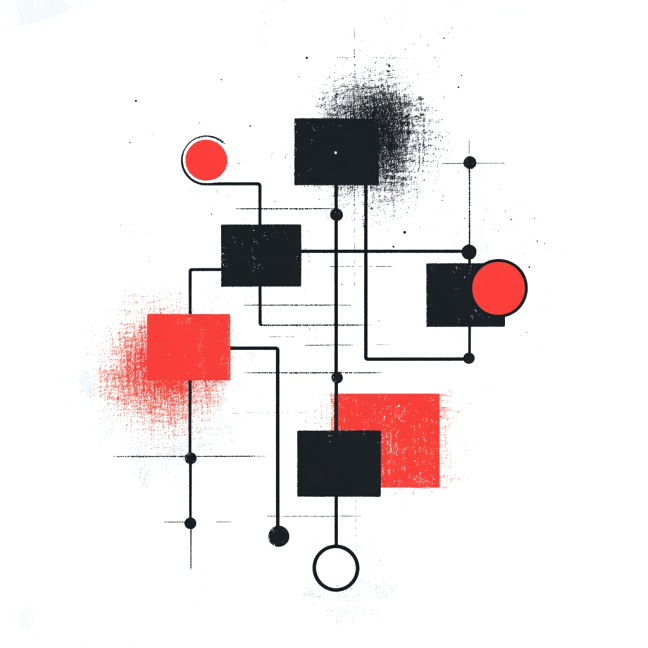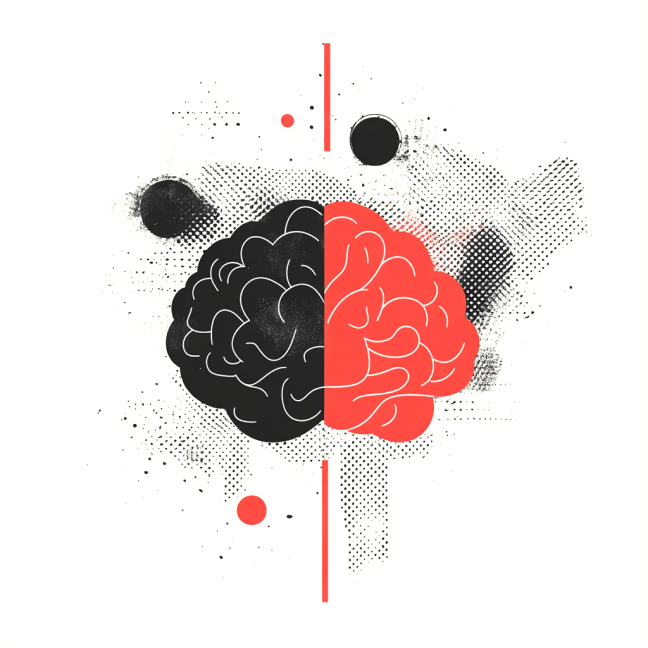User Experience with
Phazur Labs.
Smarter user experience design for Web, Android, IOS & OTT.
From AI Assistants to Autonomous AI Organizations
We Build the Future of AI
User Experience
w/ Phazur Labs.
Smarter user experience design for Web, Android, IOS & OTT.
Design starts with people.
Every great product begins with understanding human needs, behaviors, and experiences.
Adaptability is the future.
The best solutions evolve with technology, user expectations, and market demands.
Great UX is invisible.
Seamless, intuitive design should feel natural—guiding users effortlessly without distraction.
Trust comes from clarity.
Transparency, simplicity, and consistency foster confidence and engagement.
OUR PROCESS
Understanding Users, Problems, and Goals

Research & Discovery
- User Research – Interviews, surveys, and behavioral insights
- Competitive Analysis – Benchmarking industry best practices
- AI & Data-Driven Insights – Leveraging AI to analyze user behavior

Research & Discovery
- User Research – Interviews, surveys, and behavioral insights
- Competitive Analysis – Benchmarking industry best practices
- AI & Data-Driven Insights – Leveraging AI to analyze user behavior
Strategy & Information Architecture
- User Personas & Journey Mapping – Designing for real people
- Site Mapping & Wireframing – Structuring intuitive layouts
- AI Logic & Decision Trees – Ensuring AI systems act predictably


Interaction & Visual Design
- Conversational & Multimodal UX – Text, voice, gesture-based for AI use cases
- Prototyping & High-Fidelity UI – We use Figma, UX Pilot, Replit, Bolt.new for quick interactive mockups
- Design Systems & Branding – Cohesive, scalable UI frameworks

Interaction & Visual Design
- Conversational & Multimodal UX – Text, voice, gesture-based for AI use cases
- Prototyping & High-Fidelity UI – We use Figma, UX Pilot, Replit, Bolt.new for quick interactive mockups
- Design Systems & Branding – Cohesive, scalable UI frameworks

Testing & Validation
- A/B Testing & Heatmaps – Measuring real-world usability
- Cognitive Load Testing – Ensuring user decisions are clear
- Accessibility & Inclusivity – Designing for everyone

HOW WE STAND OUT
UX That Elevates AI,
Not Just Integrates It
The Art + Science of UX
- Cognitive Science & UX Psychology – How people perceive and trust AI
- Visual Storytelling & UI Aesthetics – Creating designs that feel engaging and effortless
- Behavioral Data & AI Learning Loops –
Interfaces that learn and evolve with users


UX in the Age of AI
- Adaptive UI – Interfaces that change based on user behavior
- Voice & Gesture-Based AI UX – Designing beyond the keyboard
- Ethical AI UX – Designing AI people trust and understand

UX in the Age of AI
- Adaptive UI – Interfaces that change based on user behavior
- Voice & Gesture-Based AI UX – Designing beyond the keyboard
- Ethical AI UX – Designing AI people trust and understand
FAQs
What makes Phazur Labs’ UX/UI approach unique?
We design human-centered experiences that adapt to user behavior, ensuring intuitive, scalable, and future-proof interfaces.
Do you only design for AI-powered products?
While AI-driven UX is our specialty, we also create seamless, high-impact user experiences for web, mobile, and software applications.
How do you test and validate UX decisions?
We use real-world user testing, behavioral analytics, A/B testing, and AI-driven insights to refine and optimize every design.
Can you improve an existing product’s UX/UI?
Yes! We conduct UX audits, user research, and iterative testing to enhance usability, engagement, and conversion rates.
What industries do you specialize in?
We design UX for AI, fintech, blockchain, biotech, SaaS, and emerging technologies, ensuring seamless interaction and high adoption.
How does UX impact AI adoption?
Our solutions provide you with the tools to succeed in the digital landscape.
Do you offer prototyping and user testing?
Absolutely! We create high-fidelity prototypes, interactive mockups, and test with real users before final development.
How can I get started with Phazur Labs UX services?
Easy—schedule a consultation to discuss your project, and we’ll map out a custom UX strategy tailored to your needs.
Blog Post
Read the latest news and insights from our industry leading experts.




Build smarter
human centered
experiences.
Where design, adaptability, and trust shape the future of UX


